I don’t know when exactly The Woman in the Window became the plate of junk food it is today. Some might say the point of origin was in 2018 when A.J. Finn finalized his thriller novel of the same name. Others might say it was in 2019 when test screenings of the movie were so poor that a re-edit became a top priority. However, what I am sure about is that it’s been a long time since I’ve seen a film this proud about being trashy. All boilerplate thrillers tend to have either an unhinged central performance or a sudden shift into horror. But only some of them have both at once, and almost none of them present those elements with as much panache as this.
To the credit of Finn and screenwriter Tracy Letts, some of the trashy fun is baked into the premise itself. The story follows Anna Fox (Amy Adams), who decides one day to spy on the new neighbors that just moved in across the street. At first, what she sees is about as eventful as children goofing around. But suddenly, she witnesses the murder of one of the family members, which sends her into complete shock. This prompts her to tell authorities about the situation, but there are caveats that make her an unreliable source. For one thing, she regularly takes pills that cause her to have hallucinations. For another, she has agoraphobia, which means that she can only engage with the event from afar.
With those hurdles in place, there is a lot of potential for an intriguing narrative to emerge. However, The Woman in the Window has zero interest in crafting a story with actual surprises. Any reveals that do exist are the exact same ones that populated every other low-grade thriller in the 1990s. Not to mention, every character is so one-dimensional that the cast has no choice but to amplify their performances to the extreme. In the case of Anna, the basic writing enables Adams to go into hysterics without any hint of nuance. And in the case of neighbors like the young Ethan (Paul Hechinger), the attempt at youthfulness is so strained that it veers into being laughable.
READ: ‘Spiral: From the Book of Saw’ Review: “An Invigorating Return to Form”
What makes it especially odd is that director Joe Wright does nothing on his end to hide the big revelations. One of the ways Anna tries to cope with the tense situation is that she has dialogue with her husband Ed (Anthony Mackie). However, it’s not dialogue in the sense that she interacts with him in person or through a phone call. Virtually every time this happens, Wright presents it as a voiceover that’s on top of existing scenes. Given her hallucinatory streak and the fact that they are a “separated” couple, it’s easy to guess the logic behind this stylistic choice. As a result, it spoils a major part of the movie long before it bothers to uncover that mystery itself.
But while the overarching mystery doesn’t work, the amount of zest in each scene is undeniable. Oddly enough, Wright’s “go for broke” approach has been a notable component of his last few movies. Sometimes it adds vibrance to what is otherwise a dry period piece like it did with Darkest Hour. There have also been occasions where it’s the thing that turns a movie into a perplexing disaster. Let’s not forget, he’s the guy who made a Peter Pan movie and said “sure, let’s make it a jukebox musical out of nowhere”. In any case, it succeeds at making the final product engaging on a surface level. And with The Woman in the Window, the zest manifests itself in every inch.
For a movie that takes place in a single house, Wright and cinematographer Bruno Delbonnel weirdly commit to giving it a large scope. Not once does it stop relying on camera movements to make the space seem bigger than it really is. On top of that, it often layers images to put the audience in Anna’s perspective. Whenever she lays in bed, there is superimposed footage that acts as an inner monologue. This is not to say that the layering always appears under sound logic. Later on, we see a similar thing in the scene where she records a message and we see the phone recording alongside her. In this example, the stylistic decision is there for reasons one can only describe as “well, it looks cool”.
Basically, this is a project in which everyone does acrobatics to heighten material with little meat on its bones. Even composer Danny Elfman seems to not sleep his way through a score this time around. Thanks to him, the movie has a discomforting soundscape consisting of sweeping orchestrations with droning electronic sounds. True, chunks of it sound like the result of Elfman selecting notes at random. Regardless, it’s a strange enough blend that gives the film an identity of its own. If nothing else, it’s certainly more than what the script has to offer.
I will not convince anyone that The Woman in the Window is anything other than flimsy entertainment. Still, I can’t be angry at a movie that does what it says on the tin. Even in a best-case scenario, this was always going to be an adaptation of a trashy airport novel. And if the movie is good for anything, it’s in its ability to capture the breezy feel of one of those books. By the time it gets to the slasher-inspired climax, it’s hard not to laugh at how silly it all is. So for connoisseurs of trash, consider this a mission accomplished. For everyone else, well… at least you don’t have to drag yourself to a theater to check it out. – Mark Tan
Rating: 5/10
The Woman in the Window is now available on Netflix.
The film stars Amy Adams, Gary Oldman, Julianne Moore, Fred Hechinger, Wyatt Russell, and Anthony Mackie.

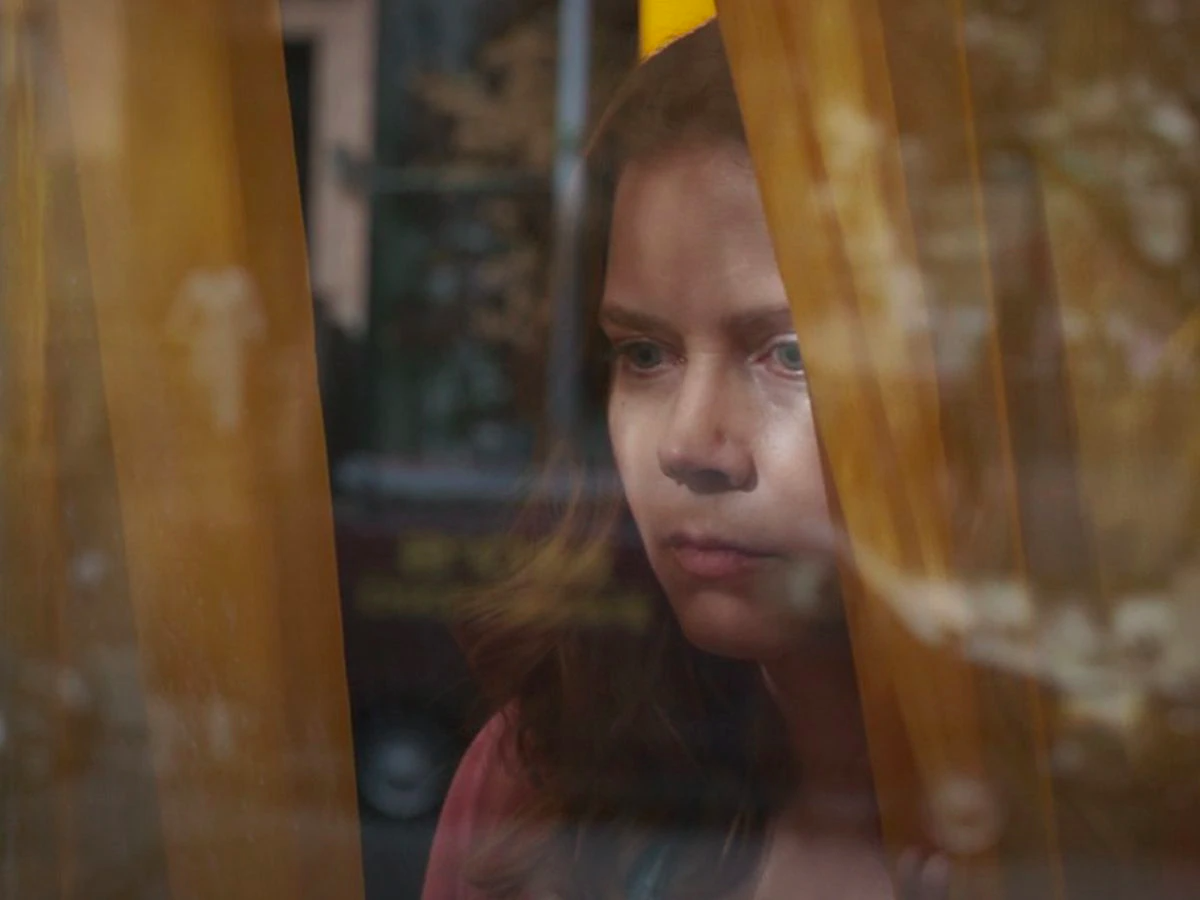
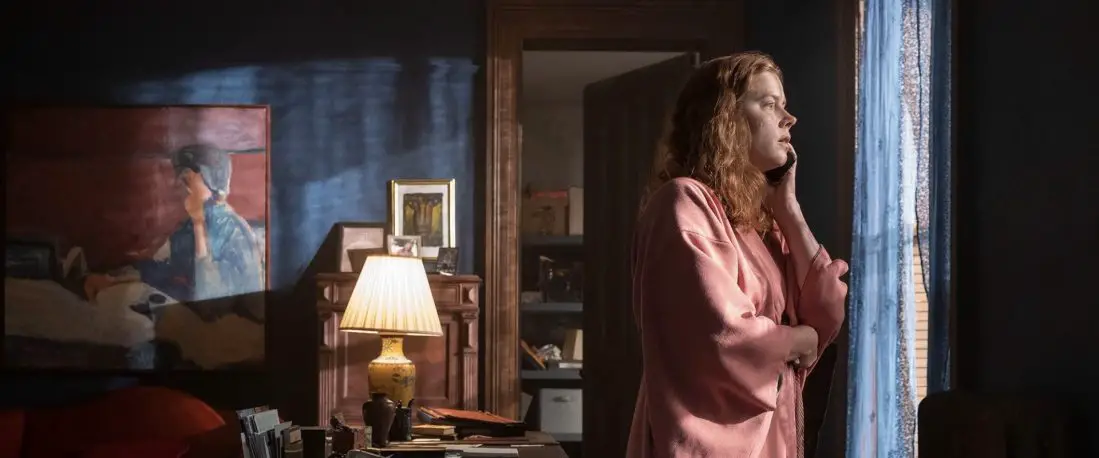
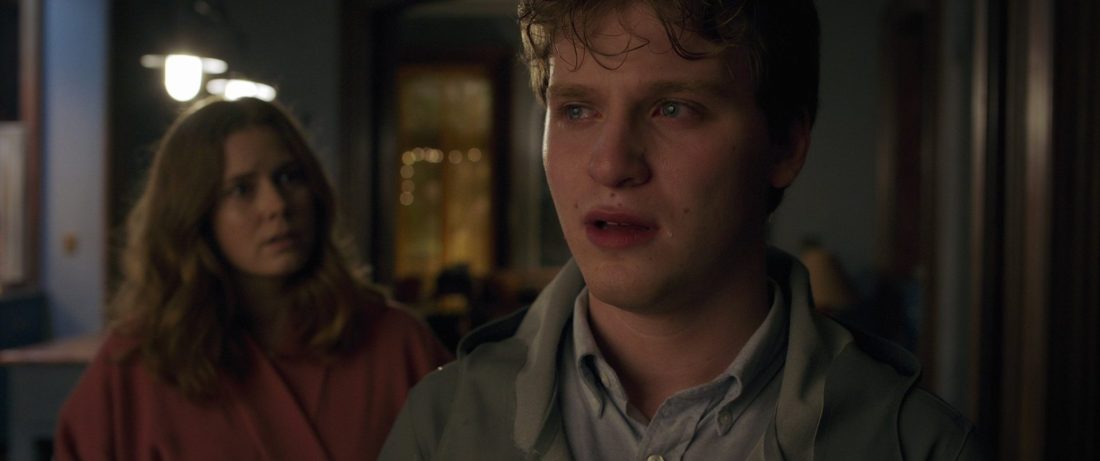
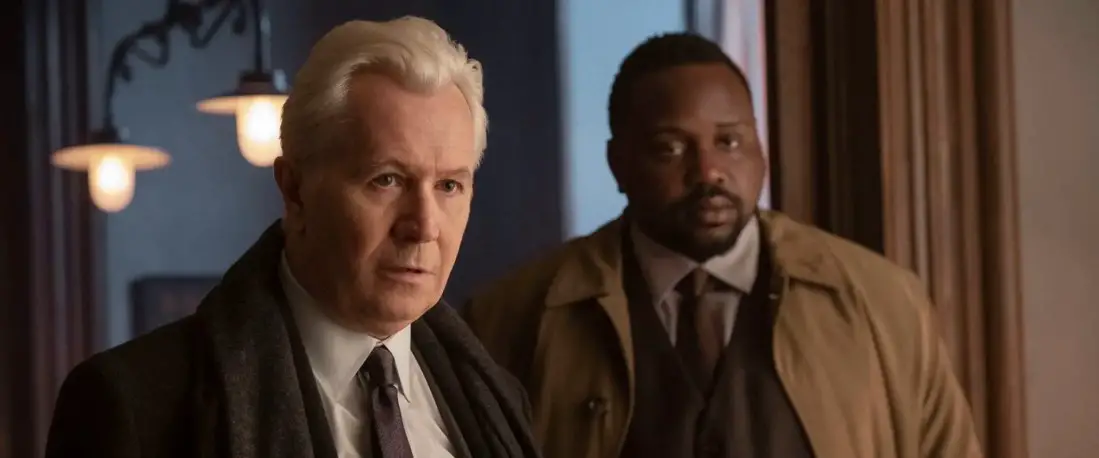

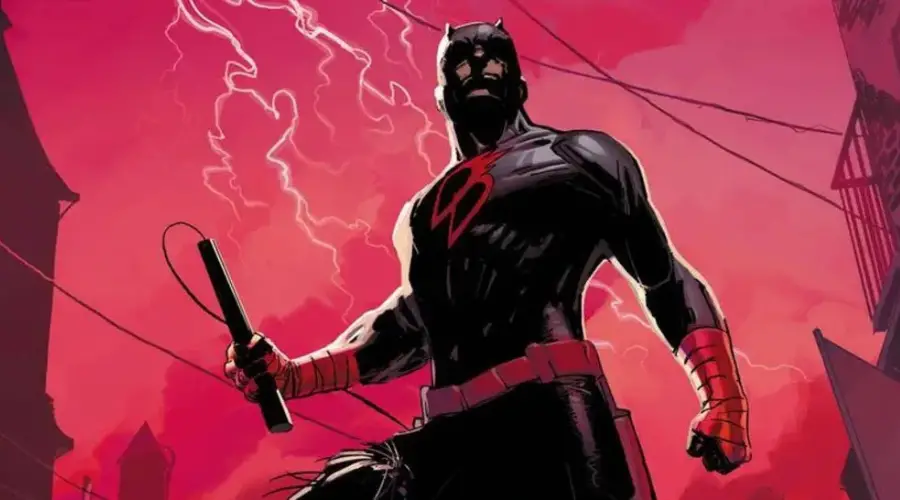


Leave a Comment